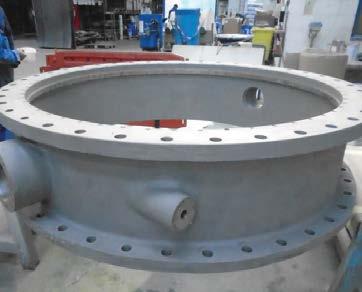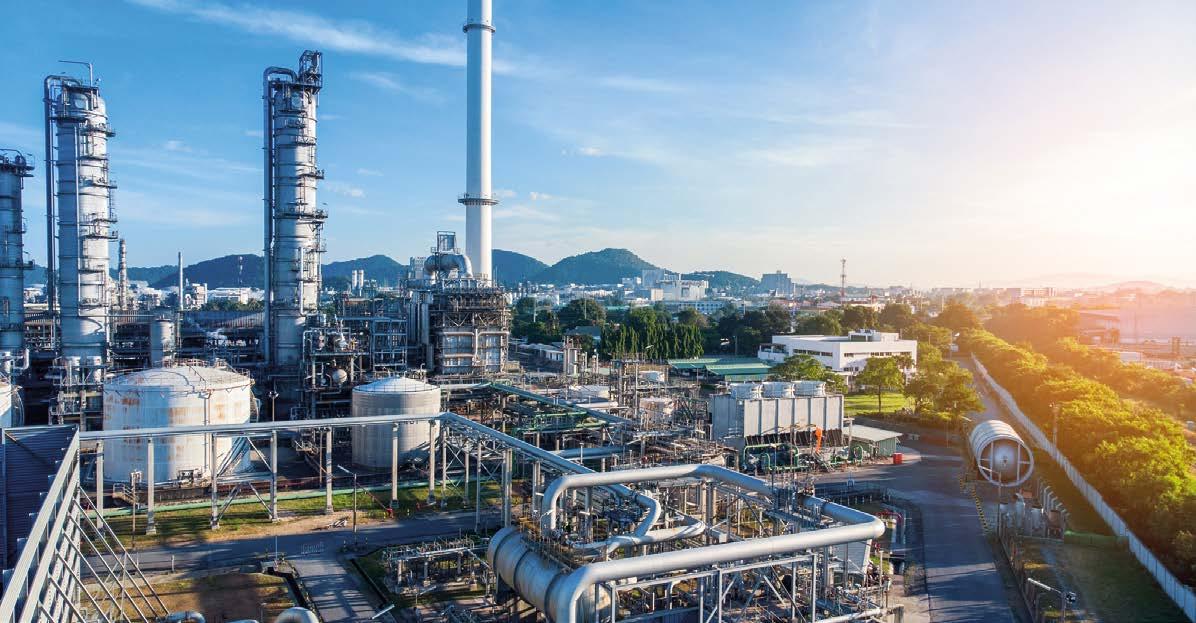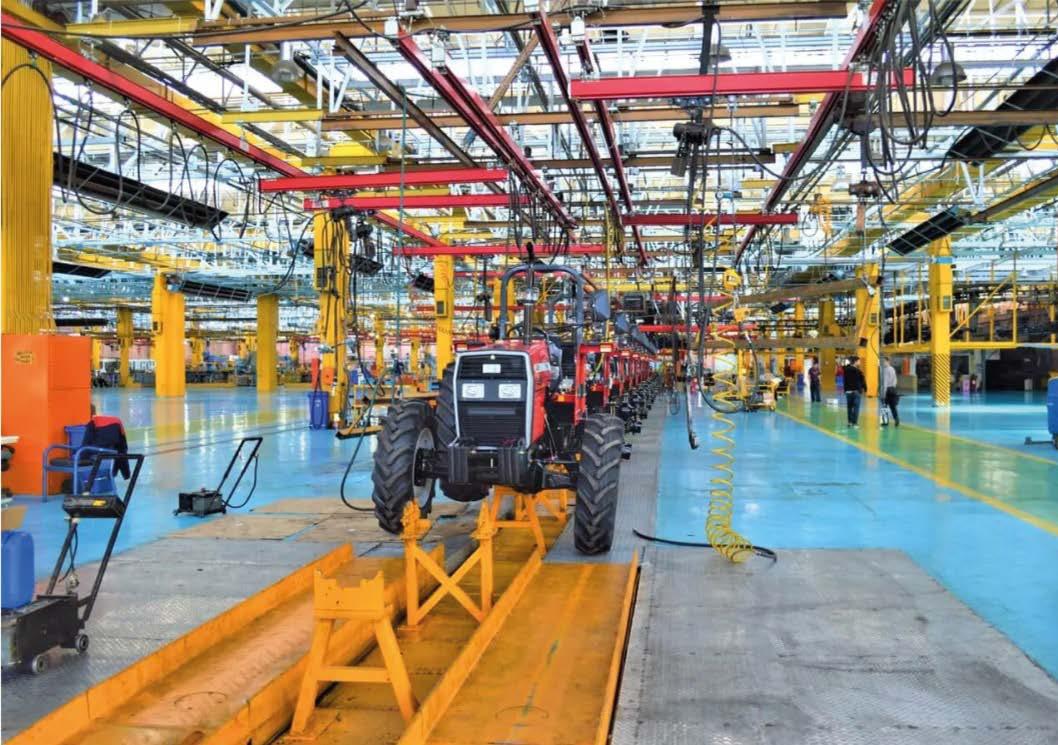
4 minute read
MARKET CLOSE-UP
2021 Trends in the Corrosion Industry
Scott Menzies
The Coating Inspector – Hamilton (Ontario), Canada info@thecoatinginspector.ca
This article has been published on the following blog: https://thecoatinginspector.ca/blog. It is republished here with kind permission of the author.
Last year we predicted some major Corrosion Industry Trends like unique technologies, environmental protection, engineering and design and using raw materials sourced from the earth. Here are the 2021 trends in coating inspection.
Of course, 2020 wasn’t exactly what we had all anticipated, but it did end up shaping way for new technologies, designs, plans and overall, new industry trends. Now that we’re in 2021, we can look back and reflect to see what trends held up, what ones were set aside and how has 2020 impacted the way we are going to do things in the corrosion protection and paint industry in the new year.
Here are our top 5 corrosion and paint industry trends for 2021:
1. Moisture cured coatings in severe environments
Moisture cured coatings, such as polyurethane coating technology is a wonderful choice for demanding exterior applications, such as bridges, stadiums and other large structures. Working with moisture cured coatings help businesses with assets that are in severe environments, such as outdoors or water, to work in a way that they have never done before. These special types of coatings can be cured in low temperatures, are resistant to abrasion and chemical influencers and can be easily recoated. They are definitely a trend that is quickly becoming regular practice in the industry.
2.COVID-19 disrupts the supply chain and demands & market growth slows down in 2021
Many industries have felt the impact of COVID in one way or another. Most industries are working with a reduction in staff, lack of access to materials, limited distribution processes and lockdowns resulting in suspension of manufacturing processes. Not only does this impact come at the cost of businesses, but it also impacts the economy as well. Many companies are working with day-to-day strategies and short-term plans that are cost-controlled. We are also seeing a significant impact on raw material supply
© The Coating Inspector © The Coating Inspector
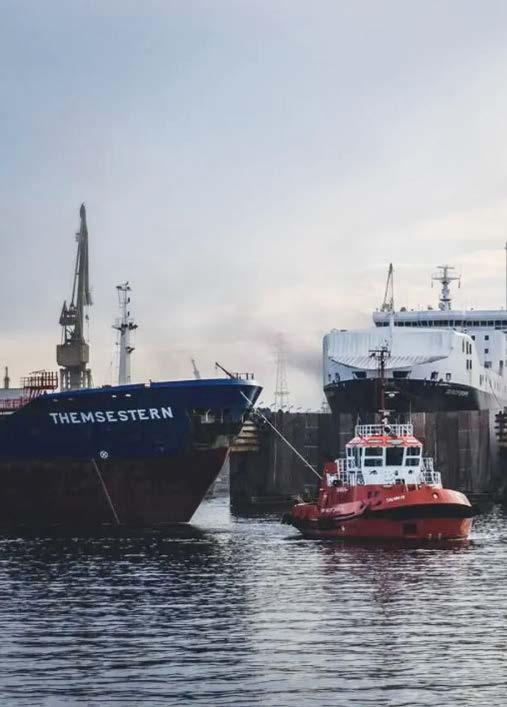
crude oil price instabilities economic pressure being put on the global market. The construction industry has also presented delays in activities and high level of debt. For corrosion inspection and protection, supply from China is limited, however, large players such as AkzoNobel and Sherwin Williams aren’t expecting much harm when compared to smaller chains.
When considering the implications that COVID has brought, the change in strategies, operations, day-to-day processes and budgets are now a leading source of a high demand for efficient and highperforming coatings. For example, the increase of the use of enhanced oil recovery (EOR) methods in the oil and gas sector has created the requirement for coatings that can endure high temperatures and pressure efficiently and ensure long-term protection of structures. Harsh conditions, issues with the supply chain and budget adjustments in the oil & gas, marine and infrastructure sectors have also increased the demand in development activities for coatings that can withstand harsh conditions, just like what we’re seeing in polyurethane coating technology.
4. Epoxy coatings will replace conventional coatings
Just as we discuss a demand for efficient and high-performing coatings, we need to look at the type of coatings that will be a big driver of results in the upcoming years. We know that the market has been
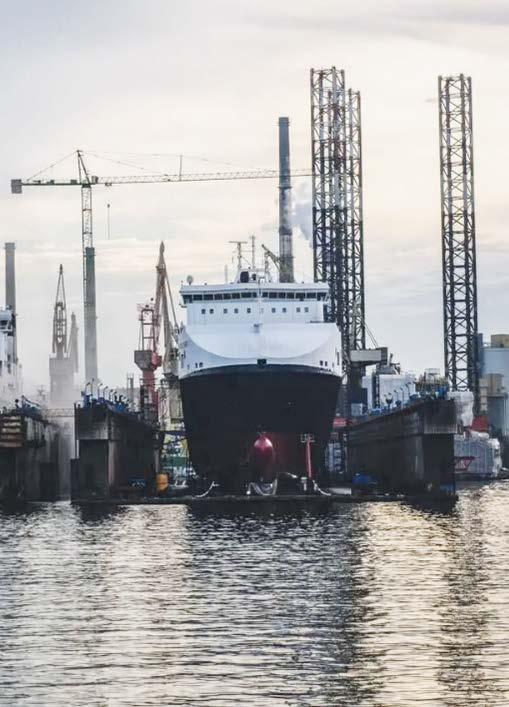

© The Coating Inspector moving towards epoxy coatings and will eventually phase out the more conventional materials that are being used within the coating industry. Polymer coating materials (polymer coat and a substrate adhere to each other) allow for additional properties to be incorporated into the process. Properties that help these coatings with sustainability such as antimicrobial properties, enhanced conductivity and durability from radio frequency or electromagnetic interferences have been at the forefront of research in order to provide the industry with a coating that is long-lasting and intuitive to all of the hazards that the organic environment presents. Epoxy resins also have excellent chemical and corrosion resistance, are cost-effective and diverse in their application processes (and where they can be used). They are also flexible and highly resistant to chemical solvents, and they consider the environmental impact they have. Using epoxy-based coatings helps to limit the dependance of petro-based chemicals (without impacting performance), which means that they are more bio-based and are more environmentally friendly than traditional materials.
5. Corrosion assessments and surveys to improve budgets and reduce spending
The best place to start with any corrosion protection plan is a survey. We like to use something called the human engineering factor that allows our clients to be involved in the survey and planning process. Believe us when we say, it’s harder said than done, but it helps develop a plan that is sustainable. Corrosion assessments and surveys also help to reduce spending and improve budget control. ‹





